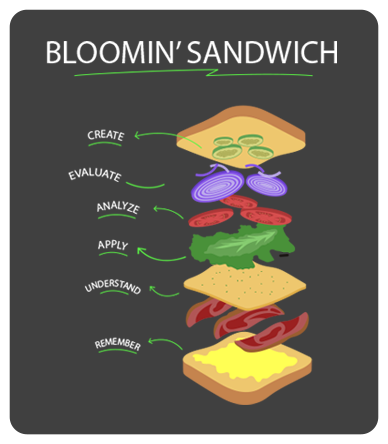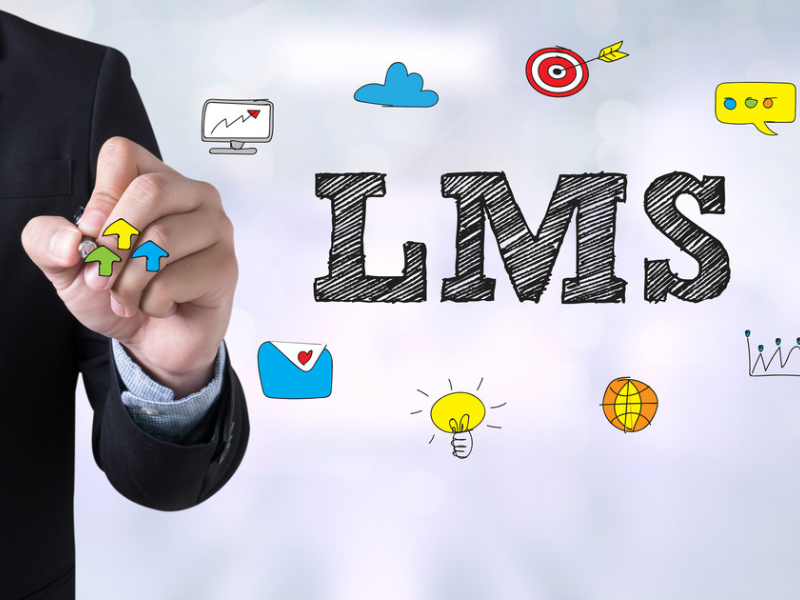There are various types of learning methods and for most people it can be quite confusing as to what exactly these different concepts mean. To help you out, we have compiled a simple list of important learning concepts you should know when researching possible solutions for your eLearning needs.
Active learning is the opposite of passive learning which involves no input or feedback on part of the learner. An example of passive learning would be lecture based teaching in which students passively listen to the teacher. In the process of Active learning, an individual is engaged in activities, such as scenario based interactions, reading, writing, discussion, or problem solving that encourage analysis, synthesis, and assessment of content.
Experiential Learning is all about “learning by doing”. The primary role of the teacher or educator in this case is to encourage a design that improves preparatory and reflective exercises. An example would be someone going to the zoo to learn about animals through observation, interaction and contact rather than reading about them in a book.
Get help with your online course development >>
Cooperative or Collaborative learning is focused on collective learning goals and not entirely on individual learning objectives. This educational approach to teaching and learning involves groups of students working together to solve a problem, complete a task, create a product or some other common learning goal. An example would be military training exercises where the objective is to train a group of soldiers to perform a certain task while not so much focussing on what the individual within the group is doing.
This type of learning is guided by research and starts by posing questions, problems or scenarios—rather than simply presenting recognised facts or illustrating a smooth path to knowledge. The learner is made aware of the task or objective in hand and it is upon the learner to organize data, ask the right questions and reach a conclusion. Students are encouraged to formulate and guide their own learning process through inquiry and asking questions of the content. A similar approach is used by management consultants who gather information, organize and analyze data, ask the right questions and use different frameworks to try to understand the business problem they are presented with.
Problem Based Learning is all about learning by solving open ended problems by investigation and creation. The problem itself drives the learning process. The first step in this process is defining as to what the problem is and what kind of knowledge is required to solve the problem. The problem is posed so that the students discover that they need to learn some new knowledge before they can solve the problem. An example of this type of learning can be a new design project. The advantage to problem based learning is that a learner knows as to why they are learning the new knowledge. Learning in the context of the need-to-solve-a-problem also tends to store the information in memory patterns that simplify later recall for solving problems.
Asynchronous Vs Synchronous Learning
Synchronous e-learning primarily happens in real time such as through chat or video conferencing. It is like a virtual classroom where the teacher and the learners interact and engage and communication in-between them is synchronous. Asynchronous is “at home” learning in the learner’s own time. The learners achieve learning objectives through eLearning artifacts such as video lectures, scenarios, quizzes and assignments at their own pace per their own preferences. Asynchronous learning traditionally gives instructional designers more time and options to create more engaging eLearning content.
Blended Learning
Blended learning is a learner centric approach which combines traditional face to face learning methodologies with online methods. A well designed blended learning course carefully organizes content, support materials, and learning exercises via synchronous and asynchronous learning events, all of which are distributed in an assortment of modes ranging from classroom lectures to online seminars. Communication and cooperation are essential functions of a blended approach. Because determinative assessment is embedded throughout learning events, the learner assumes responsibility for his or her learning.
Here at Udutu, we take great pride in helping eLearners understand different engagement based learning solutions that actually make a difference. Contact us to help us help you make this transition.






